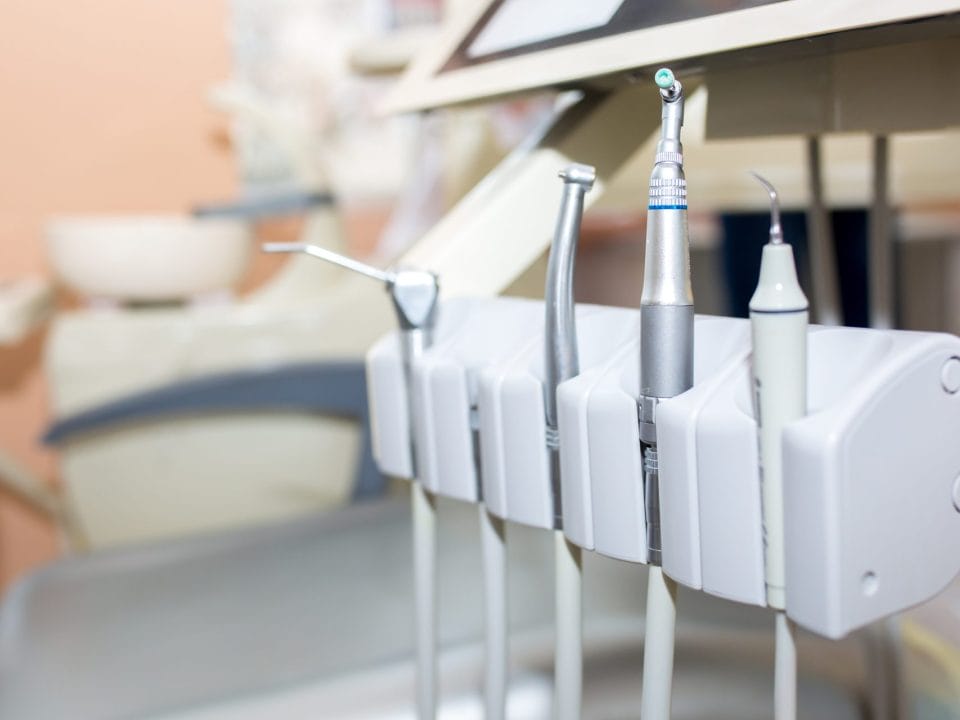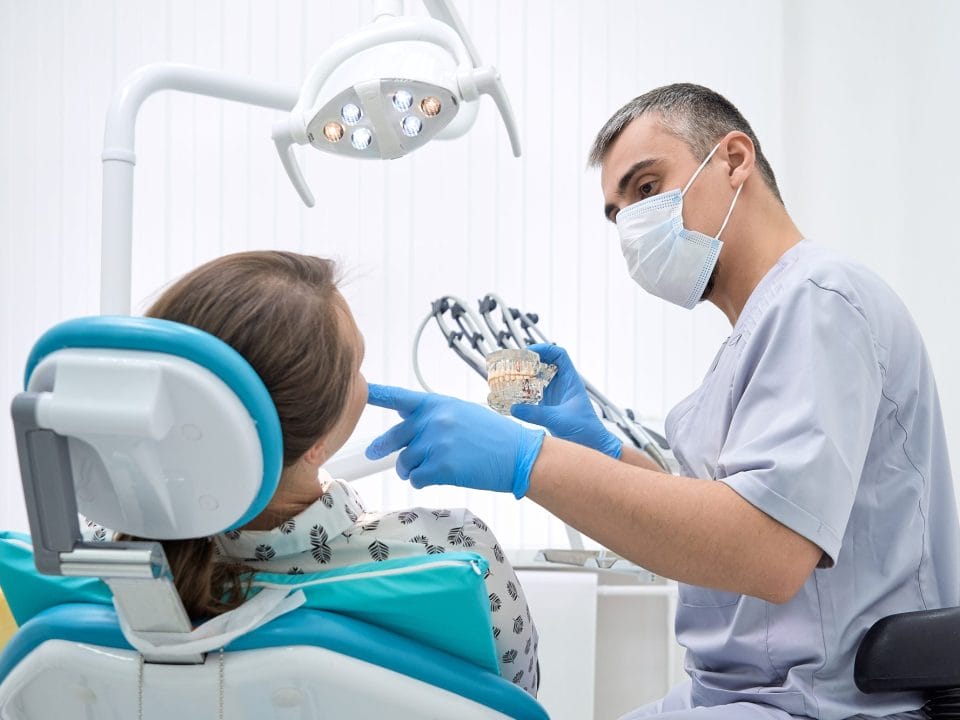During open enrollment for benefits from your employer, you are often asked whether or not to include dental insurance. For just a few dollars a month you have the opportunity to unlock a wealth of opportunity to take care of your teeth and overall oral hygiene!
While most dental insurance is offered via your employer, if you are self-employed or not working you can get individual dental insurance. Regardless of how you’re getting it, it’s important that you have a good understanding of your dental insurance benefits and how they work.
More than half of all people with dental insurance benefits don’t use them in a given year, often because they don’t know how it works. Don’t be in that group! This brief guide will lead you through the dental insurance process.
What are the different kinds of dental insurance?
The most important thing to understand as you approach the process is the difference between dental insurance and dental benefits. When you think of insurance, you think of how it works when you have a car accident and your auto insurance covers damage after the fact. Dental plans, while considered insurance, work a little differently. Enrollment in a plan guarantees certain services and costs are covered from the start (we discuss these below). For instance, most plans include free preventive care – your regularly scheduled cleanings and exams – and include an allowance annually for other restorative care.
Since dental plans generally operate on a calendar year basis, if you don’t use these benefits by the end of the year you’ll lose them!
Some of the different kinds of dental insurance include:
- Preferred Provider Organization (PPO) : Similar to health insurance, you must go to an in-network provider for full benefits. Outside network care may only be partially covered or not covered at all.
- Dental Health Maintenance Organization (DHMO) : A DHMO closely resembles a health insurance HMO. Providers who are members of the DHMO network provide your dental services either free of charge or for your co-pay if applicable.
- CareCredit : Don’t have insurance? No problem! We offer CareCredit, a program you can use to pay for dental treatment and procedures. Learn more about CareCredit below.
What is covered, what’s not?
In general, dental benefits offer annual maximum benefits, and understanding these are the key to getting the most out of your insurance.
Preventive care is usually covered in full by most insurance plans. Preventive care generally includes two dental exams and two cleanings per year. It also usually includes a fluoride treatment, x-rays and other similar treatments.
For further treatments, plans generally provide an allowance for restorative and other dental work like root canals, fillings, crowns, veneers, implants, and so on. Typically, this allowance is in the $1000-$2000 range, depending on your plan. This allowance is applied to the dental work you receive.
Don’t forget that these benefits refresh every year – so it’s important to take advantage of them since they don’t roll over to the next year!
How does dental insurance work?
The process is fairly straightforward and our staff are well-versed in most plans to make sure you receive the maximum benefit.
At the office you may be asked for a co-payment, depending on your plan. Usually this is a set fee described in your plan, and is the same amount for every visit.
From there, our staff will take a close look at the services provided and work with your insurance company to make sure you receive the maximum benefit. There are usually four factors that drive your out-of-pocket dental costs:
- Benefits that are completely covered : This is called preventive care in most plans. We’ll work to make sure that you receive the maximum allowable.
- Deductibles : This is the amount that you’ll need to pay before any insurance coverage kicks in. Deductibles do not generally include preventive care – these are no-cost services to you in most plans.
- Co-insurance : Many plans detail a percentage that is covered by the insurance and a percentage that is the responsibility of the patient. For instance, in a 70/30 plan, the insurance will pay 70% of the cost while the patient will pay 30%.
- Annual Maximums : Some plans have a limit that you are eligible to receive in a given year. For instance, if your plan has a $2,000 annual maximum and your services cost $2,250, that extra $250 will be out-of-pocket.
When you receive any services, our staff contacts your insurance company, determines coverages, and bills them directly for amounts that are covered, making sure that you receive the maximum benefits possible.
What is CareCredit?
Westerville Dental Associates is proud to offer an option called CareCredit to help you with any out-of-pocket dental expenses you may have, whether you have insurance or not. CareCredit is like a healthcare credit card that you can use to cover dental procedures and treatments. It’s a great way to finance out-of-pocket dental expenses.
Coverage is comprehensive and includes:
- Fluoride treatments
- Gingivitis prevention
- Root canals
- Ceramic Crowns
- Periodontics
- Veneers
- Bite Plates
- Headgear
- Ceramic Fillings
- Lumineers
- Teeth Cleaning
- Invisalign Teeth Straightening
- More – our staff will help you understand what’s covered
At Westerville Dental Associates we are committed to making sure that you have a healthy and great smile. We know that understanding and navigating dental insurance can be tricky, and we are here to help. Just give us a call at 614-882-1135 and we’ll make sure you are making the most of your benefits!


 Meet Dr. Stickel
Meet Dr. Stickel Meet Dr. Zody
Meet Dr. Zody Meet Dr. Choi
Meet Dr. Choi Meet Dr. Son
Meet Dr. Son





